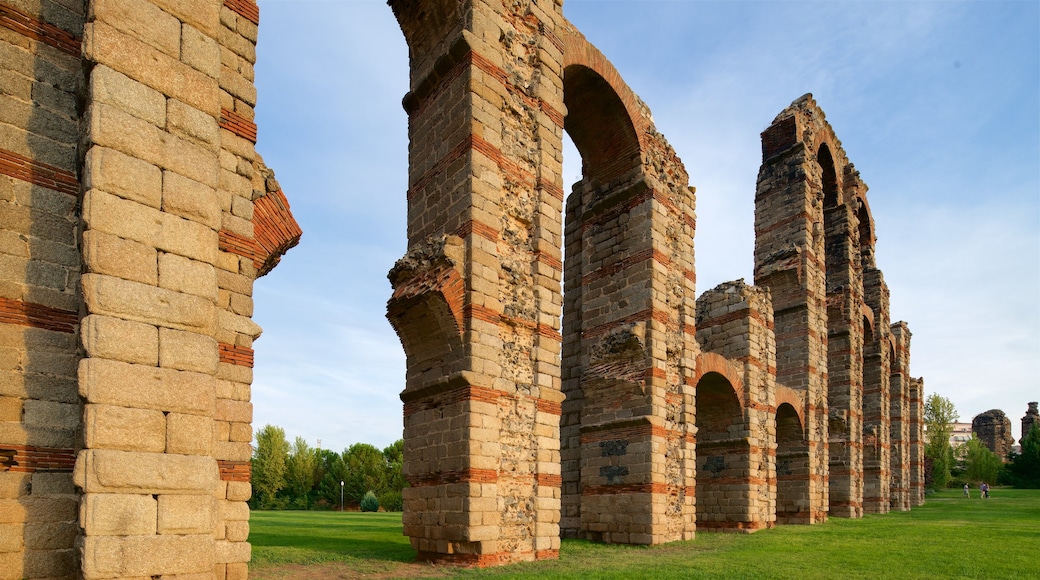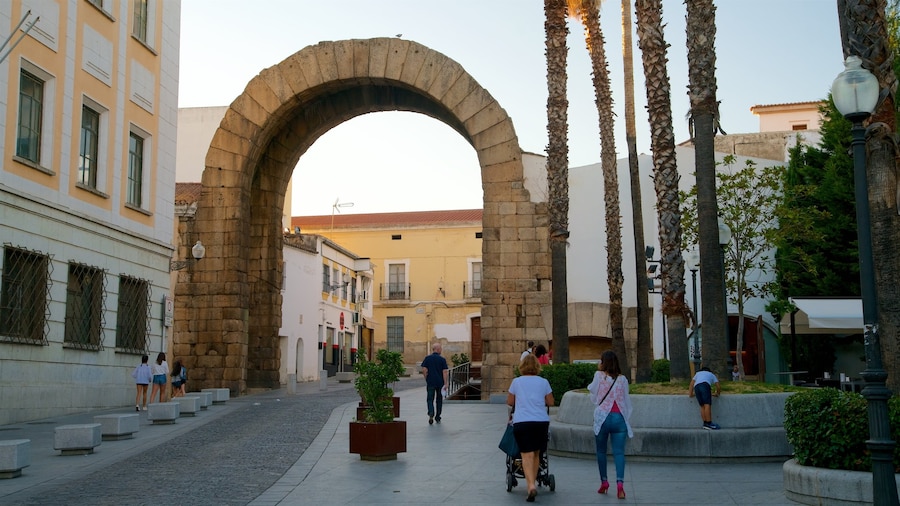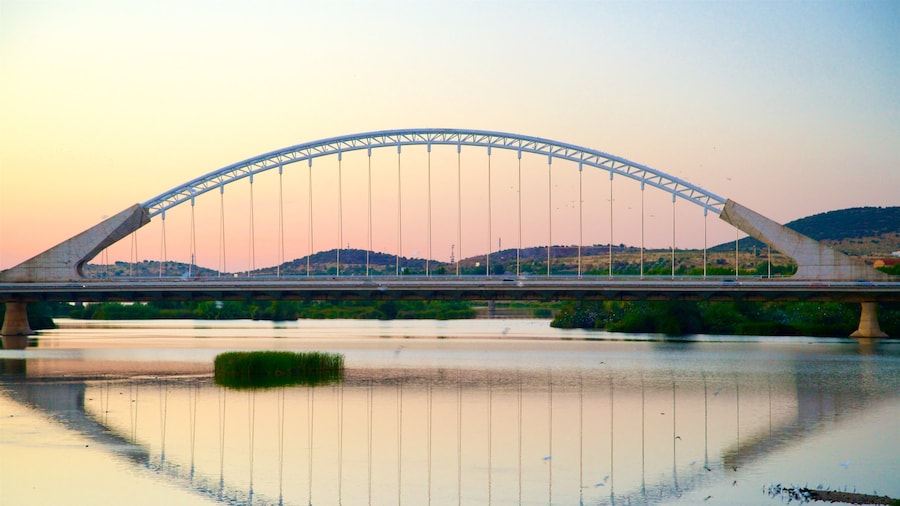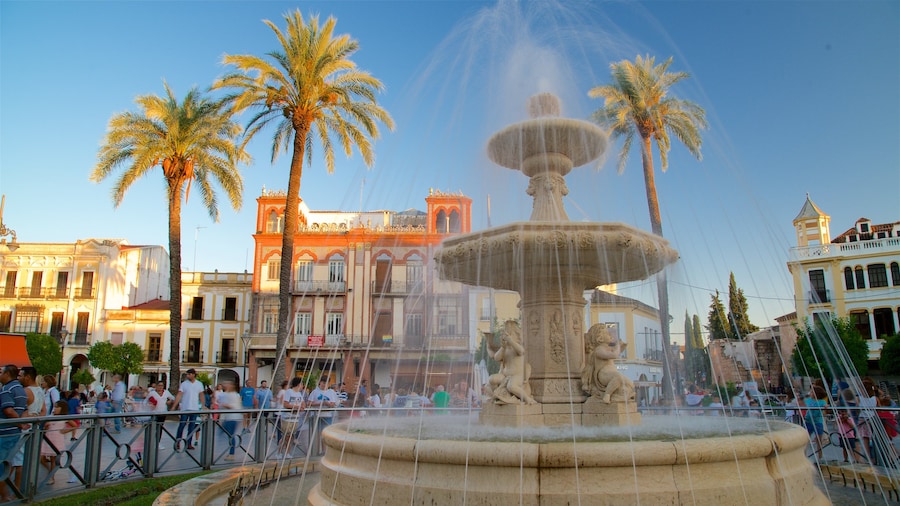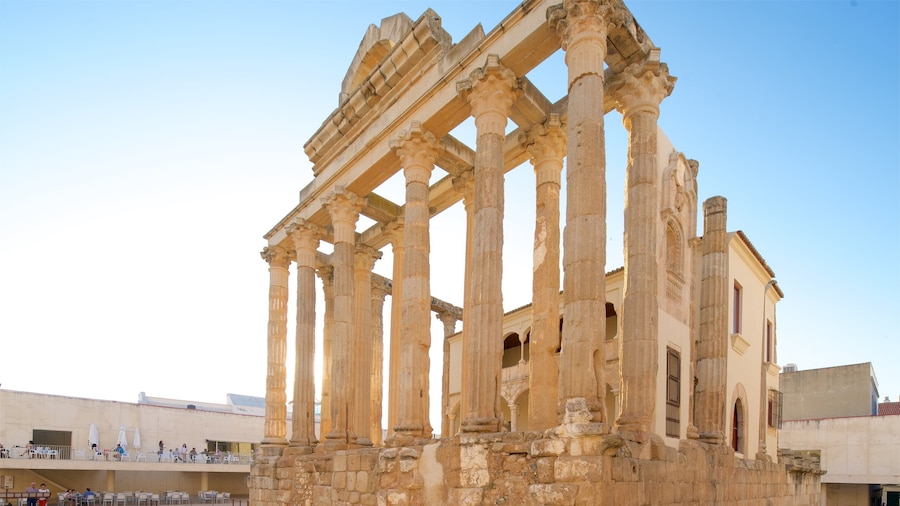Marvel at this wonderful example of Roman architecture and engineering, which brought water into the city from a reservoir several miles away.
Visit the Acueducto de los Milagros, constructed about 2,000 years ago to supply water to the Roman colony of Emerita Augusta, now known as Mérida. Like many Roman aqueducts, it was colossal. A small section remains today and is known as the Aqueduct of the Miracles, because of its awe-inspiring appearance.
Look over what's left of the imposing granite-and-brick structure, which historically conveyed water from the reservoir of Proserpina, about 3 miles (5 kilometers) away from the city. It is one of several surviving water supply systems that once served the Roman colony. Others include the Cornalvo Dam and the Acueducto of Rabo de Buey, also called San Lázaro.
You can walk right up to the ruins. Alternatively, sit on one of the benches to study the ancient structure. The series of arches runs to a length of more than 2,600 feet (800 meters) and reaches a maximum height of 82 feet (25 meters). Note the fine brickwork of the pillars and arches. You may be lucky enough to see a white stork nesting atop one of the columns.
The awe-inspiring construction is located in the Santa Eulalia neighborhood amid a green open space, a short walk from the city center. After viewing the Roman construction, go for a stroll in the surrounding parkland and stop at the Puente de Albarregas. This small Roman bridge was built in the 1st century and parallels the aqueduct. It crosses over what is now an arroyo, which fills with water after rainstorms.
Acueducto de los Milagros is part of the Archeological Ensemble of Mérida, which was declared a World Heritage site by UNESCO. It contains the remains of many important historical buildings and structures. All are within a short walking distance of each other. Once you leave the vicinity of the aqueduct, explore some of the other aspects of Mérida's Roman past. They include the Circo Roma, the Roman Theatre and adjacent Roman Amphitheatre and the Temple of Diana.
